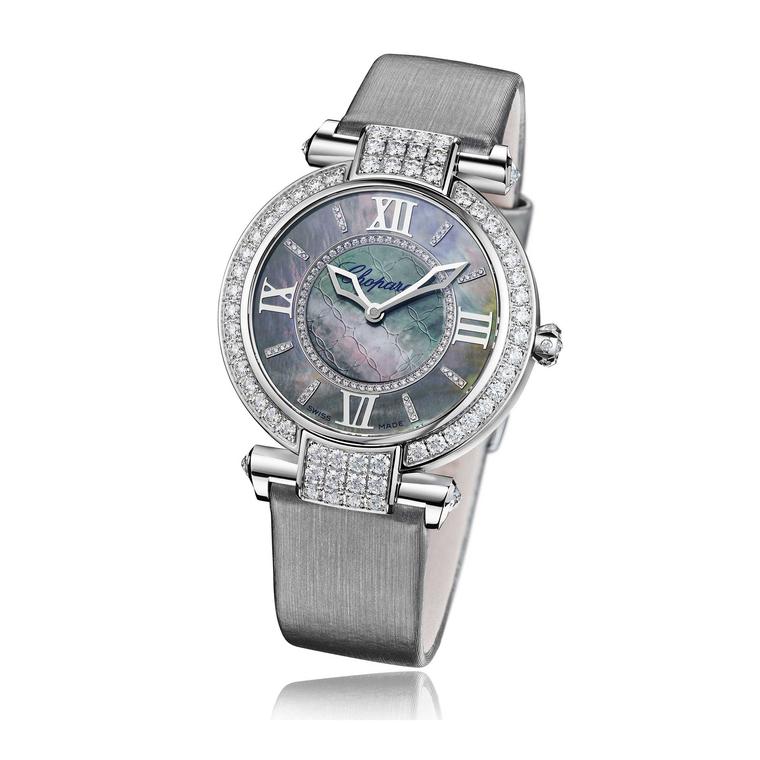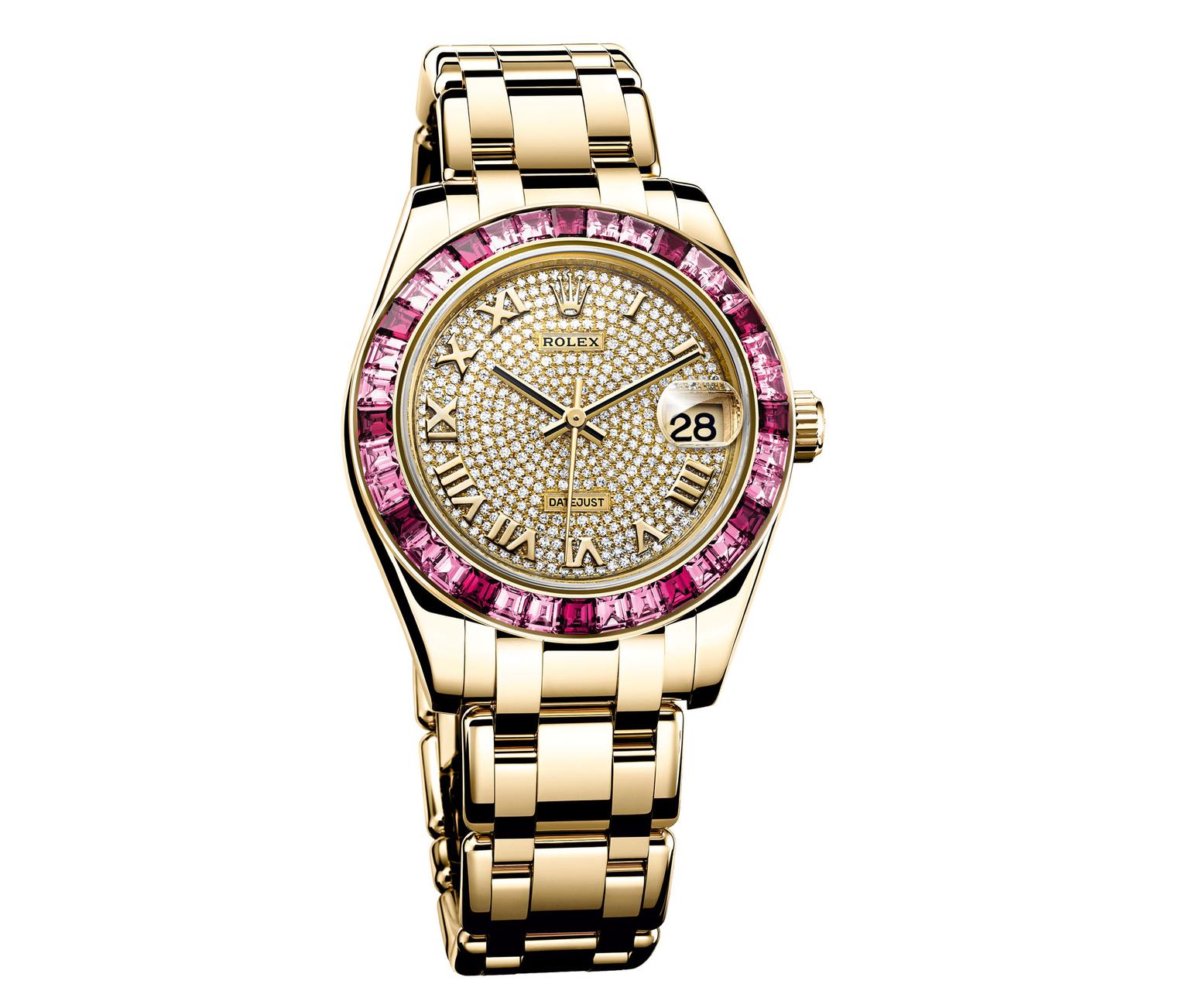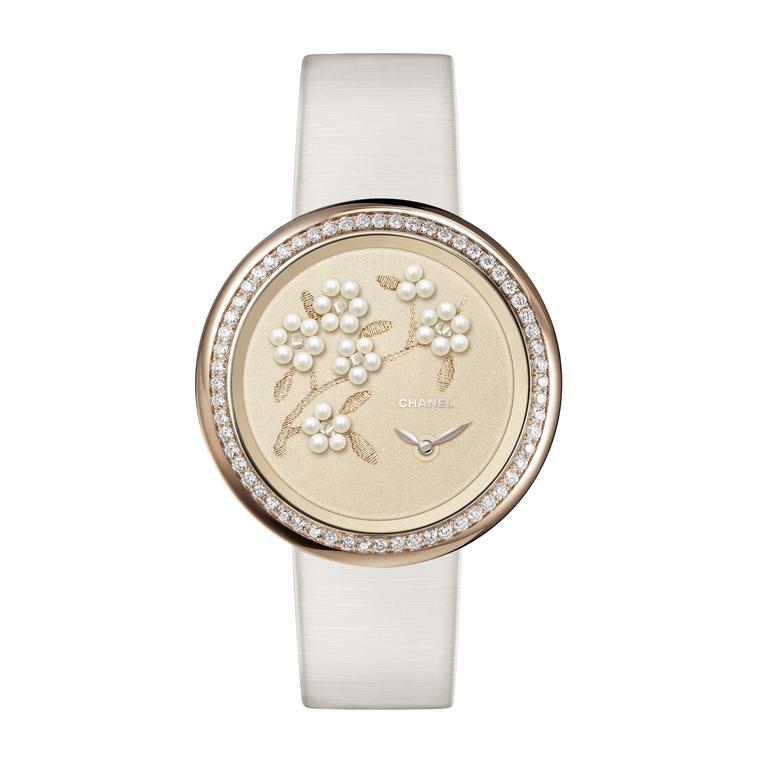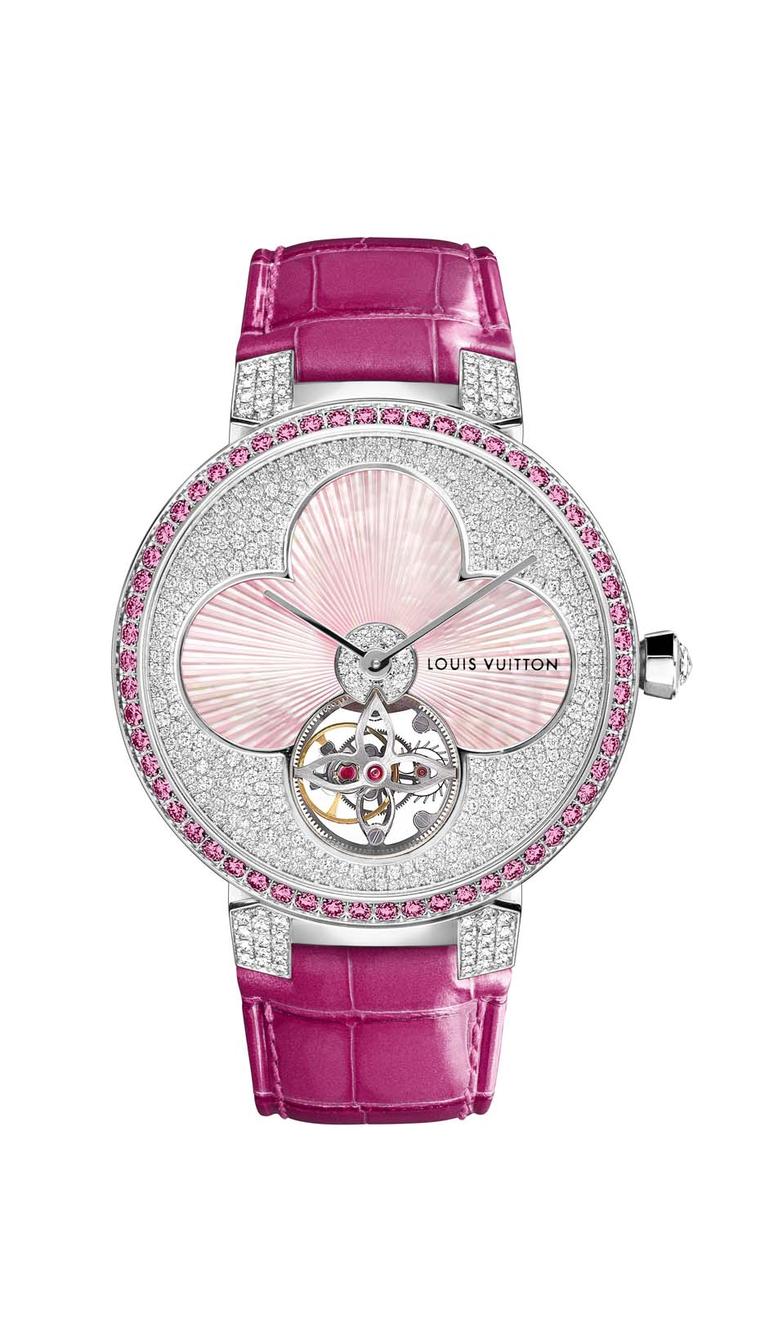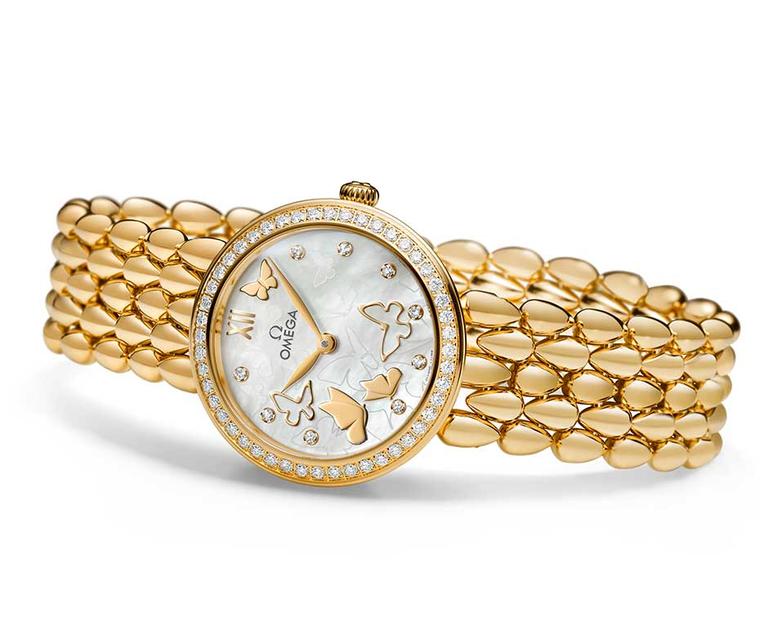
It is the dial on the face of a watch that gives it its distinct personality. Regardless of what is going on underneath the case, the dial is the first thing you spot and will be a decisive factor in whether or not you like what you see. The latest trend in watchmaking is mother-of-pearl dials, and here we take a quick look at how they are made.
Mother-of-pearl is the iridescent lining you find on the inside of a shell. Nacre, another name for mother-of-pearl, is in fact a blend of minerals including calcium carbonate secreted by oysters and molluscs to protect their homes from parasites and foreign objects. If a foreign object makes its way into the shell, the mollusc secretes layer upon layer of nacre, eventually producing a pearl. What we are interested in, though, is the iridescent lining of the shell, which is being used extensively today to make mother-of-pearl watch dials.
The first stage is selecting the right shell, and the rare Pteria Margaritifera conch from Australia is deemed one of the superior sources. Actually getting the mother-of-pearl out of the shell is a complex process as, given its delicate nature, it is liable to chipping and cracking. Specialised Swiss dial makers have developed a way to cut thin, perfectly round blanks of the substance using Computer Numerical Control (CNC) machines. The rest of the process is manual.
Other techniques involve crushing the shell and machining it into discs that are just 0.2mm thick. The discs are then polished and can be engraved or even have their hue enhanced or altered by applying a layer of coloured lacquer on the back of the disc. Watching a video on YouTube of how to create wafer-thin, mother-of-pearl blanks in a DIY setting, two interesting facts came to light. The first was that drilling through the shell is dangerous. The dust generated during drilling is extremely fine and sharp, and can get into your lungs and damage your windpipe, so a dust mask and eye protection are fundamental. The other curious detail was that cutting the shell is not only dangerous, it smells very bad indeed.
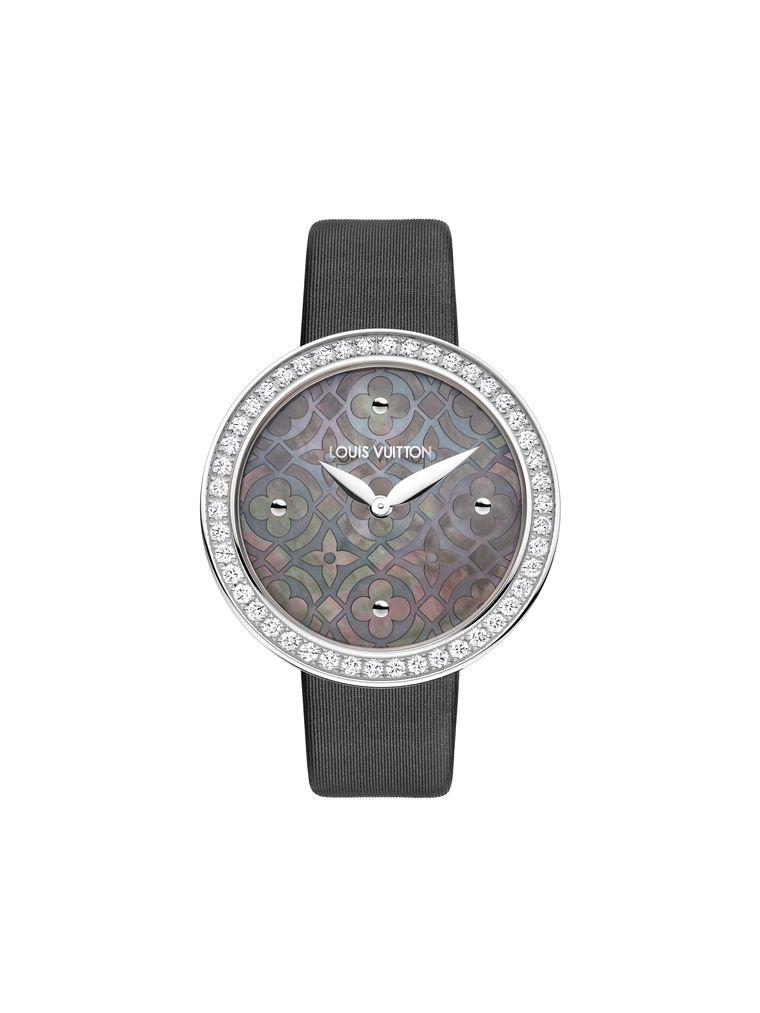
Louis Vuitton's ethereal Dentelle de Monogram collection, presented in December 2014, consisted of a series of watches including this mesmerising model with a grey Polynesian mother-of-pearl dial, above, delicately engraved with the star and flower motifs of the Maison.
Rolex uses mother-of-pearl watch faces frequently in its watches, selecting pink, white, black or yellow tones - colours that are 100% natural and never artificially tampered with. The unique iridescence and natural patterns of the shell ensure that no two dials will ever be the same. This Lady-Datejust Pearlmaster model comes in a 29mm yellow gold case with a milky white mother-of-pearl dial enhanced with diamond hour markers, cut away at three o’clock to accommodate the date window with its Cyclops magnifying lens.
The glamorous white gold and diamond Imperiale timepiece from Chopard watches has a wonderful shimmering Tahitian mother-of-pearl dial, which changes with the light. In the central disc, the mother-of-pearl has been engraved with the hallmark arabesque figures of the Imperiale jewellery line, adding a sensation of movement and mystery.
Omega has also succumbed to the shimmering beauty of mother-of-pearl and enhanced its Constellation watches with an array of white, champagne, gold or blue dials. This model, below, comes in a 27mm stainless steel and rose gold case, with diamond indices and diamonds on the bezel. In the centre, a pretty pink pearly dial with a wave-like pattern adds an unmistakeably feminine touch.



